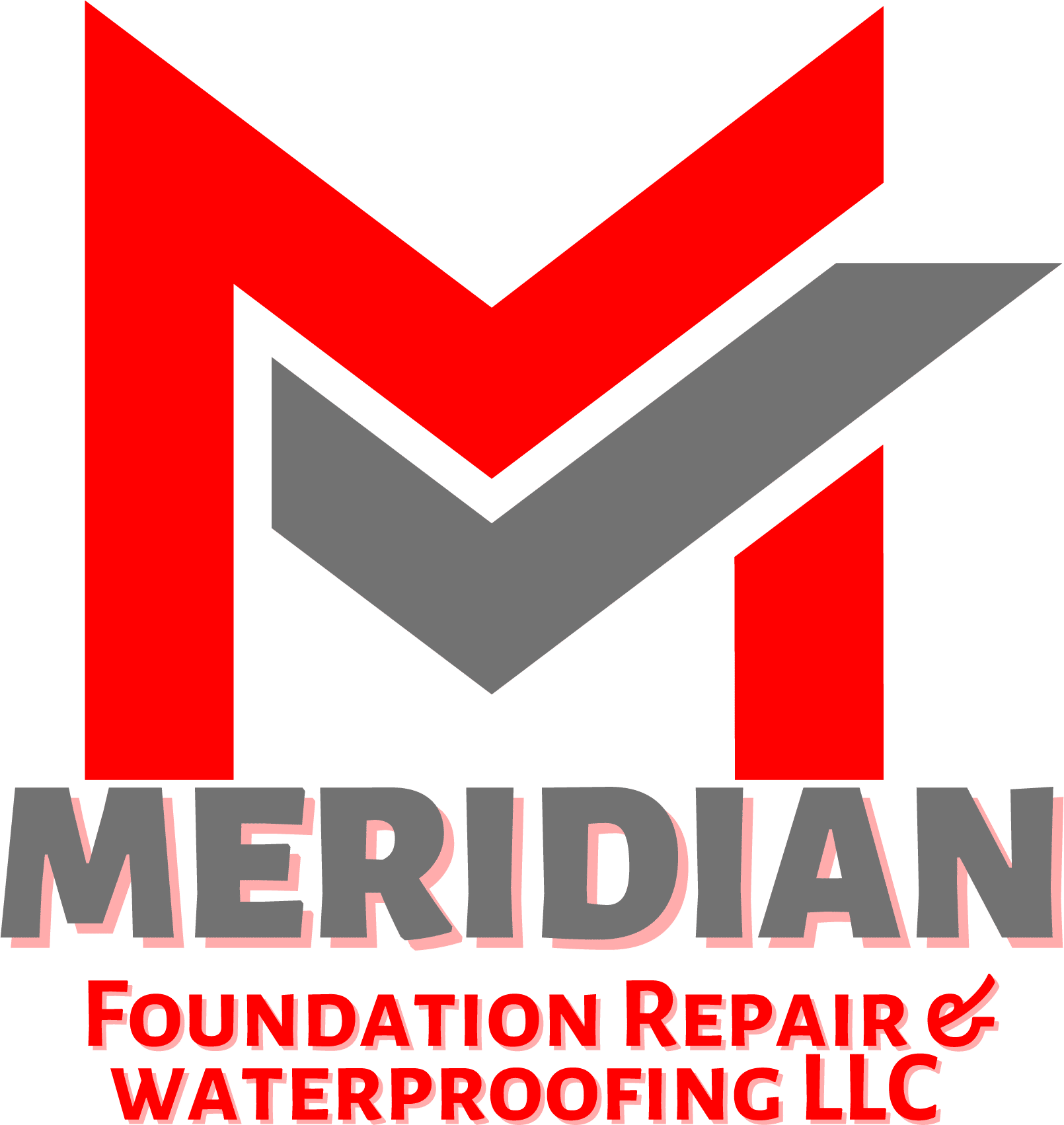Many homeowners in the United States deal with water damage frequently. This is the most widespread type of damage because of the many ways it can occur, including your home’s plumbing, structural or landscaping defects, and severe weather conditions. Fortunately, water damage restoration is a procedure that can aid you in restoring your home. Water damage restoration is a five-step process that begins with an assessment and concludes with your home being restored to its pre-damage state. Let us walk you through the stages of this procedure in detail.
Inspection and assessment
The detailed inspection and assessment is the first step in the water damage restoration process. Professionals will classify and categorize the water damage throughout the inspection. This will give you a clear picture of the size and severity of the damage, as well as identify potential threats, determine what can be repaired, and which steps are the best to take. In some circumstances, it may be required to locate and shut down the source of the water leak, such as water pipelines.
Water damage can be classified into four categories, with 1 being the least severe and 4 being the most severe. The higher the classification and category, the more moisture is absorbed:
Class 1 – minor damage done by a small amount of moisture absorbed by a segment of a room.
Class 2 – the carpeting and walls have absorbed moisture, causing the entire space to be damaged.
Class 3 – the majority of the space is saturated, including high on the walls and maybe the ceiling.
Class 4 – damage that demands specialized drying of concrete, hardwood, and other materials.
After assessing the type of water damage, professionals will test the water in your home for contamination. Contaminated water is classified into three types:
Category 1 – safe drinking water that originates from a clean supply and poses no health risk.
Category 2 – the water is discolored and poses a significant risk of infection if drank or even touched.
Category 3 – the water is extremely contaminated with harmful bacteria and biohazards; it is black in color and has the potential to cause severe disease and infection.
Each class and category of water damage requires a unique treatment, which means that specialized equipment and measures are required to recover the affected areas. With this information, professionals may then develop a thorough restoration strategy that is suited to your property’s specific water damage circumstances.
Water removal
Water removal is the second and most vital step in the water damage restoration process. Standing water must be removed as quickly as possible from the damaged areas, as it promotes the growth of mold and makes the restoration process more difficult. Professionals must use specialized equipment to remove water from flooded places, and the type of equipment utilized depends on the amount of water in your house and the severity of the water damage. Usually, with the use of high-powered submersible pumps, truck-mounted vacuums, and portable vacuums, hundreds or thousands of gallons of water are being extracted.
Drying and dehumidifying
The third stretch of this procedure is drying and dehumidifying. Technicians begin this phase of the restoration once the water has been physically removed from the premises. Experts will choose the optimal equipment to employ in your circumstance when it comes to drying your property. Industrial blowers and dehumidifiers are frequently used to dry out any materials that are still wet or were difficult to access during extraction. Moisture measurements are also taken with the use of moisture meters to follow the drying process’ progress. They’ll also pay attention to specific spots that accumulate a lot of water, such as small passageways and tight corners, to determine whether the structure has recovered to its normal moisture levels.
Cleaning and sanitizing
The fourth step in the water damage repair process is to clean and sanitize the damaged property. The latter focuses on preventing mold and other microorganisms from growing, as well as on preserving as much of your property as possible. Professionals use foam, abrasive detergents, and numerous cleaning methods at this stage to ensure that the property is fully cleaned. When the water damage is caused by gray or black water, cleaning is extremely important.
Restoration
The final step is to completely restore your home. Professionals recover your home to the condition it was in prior to the damage. At this point, permanently damaged materials will be repaired or replaced. Restoration operations can be simple or complex, depending on the extent of the damage, requiring basic repairs or the reconstruction of large portions of your home.
Whether your home has been flooded, has a plumbing problem, or has been swamped from some other source, you need to get professional aid right away. Dry Jersey can assist you with the water damage restoration process – we are a only a phone call away!


